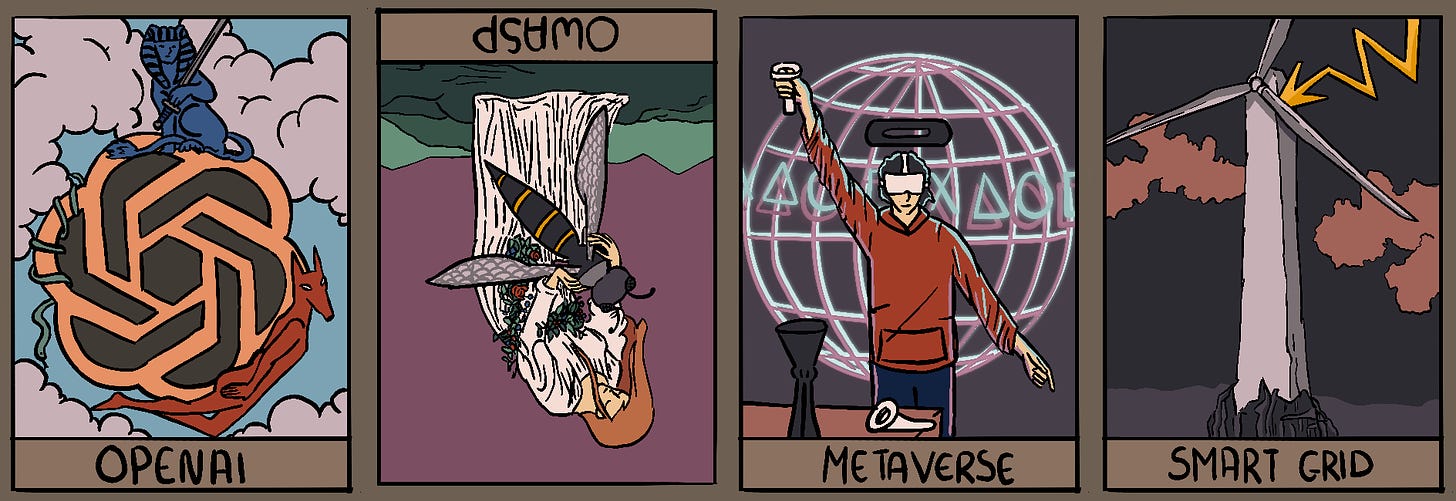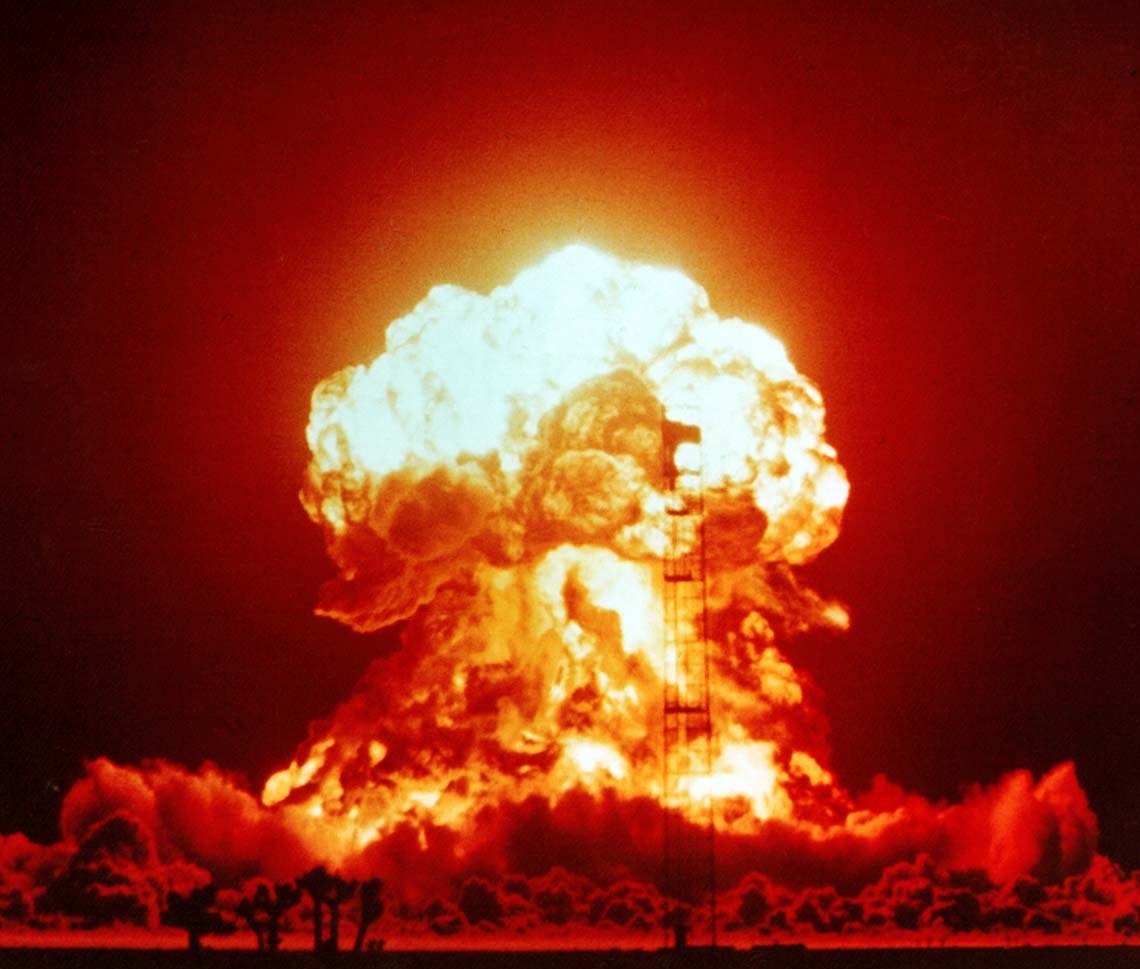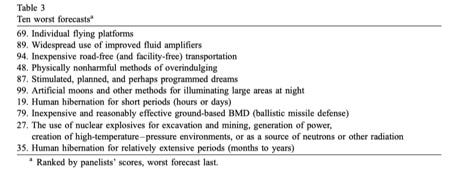The technology crystal ball
“Only a fool, a charlatan or, possibly, the Chancellor of the Exchequer claims to be able to predict what will happen in the future..."
The only thing anyone seems to predict with certainty anymore is how uncertain we all are about the future. This is very frustrating because we always seem to end up paying for it, whether in accrued tech debt or surprise downtime, because something somewhere in the chain that makes up modern technology has collapsed.
At the time of writing (see, even the author isn’t sure if it’ll still be around in a few months!), ChatGPT has burst onto the stage. This has gone from an R&D chatbot in progress to show off the new features of the GPT model, too, according to some, a vital part of their tools to get work done. And slowly, perhaps too slowly, people are asking the question: wait, what about security? Data protection and privacy? Who owns the data anyway? Is this even sustainable long term? We want new technology to remain competitive companies need it, but without answers to security, privacy, responsibility, sustainability and stability concerns, we can never fully trust these technologies. This has had impacts, too, with the rise of challenger banks like Monzo offering a mobile app. Even the notability risk-averse banking system has had to compete and catch up. The question becomes, can we take a peak into our technology crystal ball, predict what technologies are up and coming and then focus on developing security, stability, privacy, responsibility and trust early on in the hype cycle before it places people at risk? And this is a big deal. How do you balance the rise of technological progress against the security of not just a single individual but an entire society?
What about security? Well, we don’t have an answer. But we’re working on that. If you are interested in participating, we’d love to interview you for the next part of this study! We’re looking for individuals interested in technology not in the next year or five years but in technology in 2040. Please sign up here, and if you are selected, we will follow up within 30 days to invite you to an interview.
“Those who cannot remember the past are condemned to repeat it.”.
We should start not at a look towards the future but instead towards the past. The study of the future is called Future Studies or, perhaps more commonly recently, Futurology. And it’s not all sci-fi and plucking ideas from thin air! Many approaches are used to predict the future: From examining social media to conflicting discussions as experts come to a consensus. Each method has surprising results; perhaps we are not as bad at telling the future as we first appear to be [1].
Are we good at predicting, then?
Well, let’s take a look! The seminal prediction was published in 1967 and was titled From The Year 2000: A Framework for Speculation on the Next Thirty-Three Years [7, p. 200]. It makes several predictions about society in the 2000s. While there are some hilariously wrong predictions, such as number 27, which predicts the use of nuclear weapons for excavation and mining and 99, which predicts the use of an artificial moon to light up areas at night, some are chillingly correct, particularly those involved in communications. Perhaps this is not surprising for a piece of work written within the context of the Soviet-American arms race and well before the collapse of the Soviet Union.
“27. Use of nuclear explosives for excavation and mining, generation of power, creation of high-temperature/high-pressure environments or for a source of neutrons or other radiation
99. Artificial moons and other methods of lighting large areas at night”
While it is important to avoid allowing these predictions to “cold-read” the 2023 reader, while written within the context of the 1960s, many communication and computing predictions were correct. For example, 75 predicts a time-sharing agreement for computers, which we know as cloud computing today. Similarly, 81 predicts personal “pagers", which a 2023 reader would recognise as modern smartphones.
81. Personal "pagers" (perhaps even two-way pocket phones) and other personal electronic equipment for communication, computing, and data-processing)
75. Shared-time (public and interconnected) computers generally avaliable to home and business on a metered basis
Interestingly this list was reviewed in 2002 [1], and even then seems out of date, as the first recognisable smartphone, the iPhone, would not release until 2007. Some of these are now possible even when looking at the worst forecasts (judged by 2002). For example, the effective ballistic missile defense, which a modern reader may know as Isreal’s Iron Dome, which has been in service since 2011. Or, human hibernation, which may be recognised as a medically induced coma. While in its earlier stages, individual flying platforms have also been developed using similar technology to drones [8].
From the original 1960s list, 81% of innovations within the theme of communications and computers were judged to have occurred by 2000, based on the 2002 review. This theme includes data processing, computers, networks, video, and additive manufacturing (3d printing). For other themes, the predictions are worse with defence, materials, biotech/agriculture and environment, with 50-40% accuracy. The worst theme was aerospace which primarily predicted interplanetary travel and habitation. While aerospace has developed significantly between 1967 (pre-moon landing) and 2002, even in 2022, permanent habitation outside earth still looks far away.
This leads us to the next question: If these are the themes for technological change in 1967, which for some were accurate, what are the themes in 2022? Unlike in 1967, in 2022 we have some major advantages, thanks to our “personal pagers”, “personal computers [...] to communicate with the outside world”, and “inexpensive high-capacity worldwide [...] communication [...] with light pipes”. We can judge and measure “hype” when a technology has an abundance of “hype”, many individuals, both in the scientific community and the general public, are excited to see what this technology will bring. However, this excitement does not always translate to the implementation; it can become “over-hyped” with a lot of interest and excitement without practical uses or benefits. These are often measured on a theoretical hype cycle; initially, a new technology has a lot of interest in a very short time, but as this interest grows, there are problems this could be practicality, implementation or commercialisation issues, leading to a steep decline, before these problems are mitigated, and the technology becomes a mainstay. Technologies that currently have a lot of hype the “personal pagers”, could become the smartphones of 2040.
A technology that has evolved from science fiction is the so-called Metaverse, virtual and augmented reality, while initially, we looked for holograms on spaceships, the power of smartphones has molded this into a dog Snapchat filter. Alongside this development has meant the development of AI, intelligent and autonomous systems, though not limited to the detection of faces, with models such as ChatGPT being available publicly. It is difficult to imagine a future without technology becoming more integrated into our lives. The connect places theme looks to smart cities and grids as part of this future, able to balance our energy needs by carefully computing the energy generation against energy needs. Finally, quantum and next-generation computing offer a future where computing is not as we know it today, using qbits to solve some of our biggest optimisation challenges and computing the future.
Bibliography
[1] R. E. Albright, ‘What can past technology forecasts tell us about the future?’, Technol. Forecast. Soc. Change, vol. 69, no. 5, pp. 443–464, 2002, doi: https://doi.org/10.1016/S0040-1625(02)00186-5.
[2] T. Wolf, A. Schroter, D. Damian, and T. Nguyen, ‘Predicting build failures using social network analysis on developer communication’, in 2009 IEEE 31st international conference on software engineering, 2009, pp. 1–11. doi: 10.1109/ICSE.2009.5070503.
[3] D. Adam, ‘Science and the World Cup: how big data is transforming football’, Nature, vol. 611, no. 7936, pp. 444–446, Nov. 2022, doi: 10.1038/d41586-022-03698-1.
[4] D. Beiderbeck, N. Evans, N. Frevel, and S. L. Schmidt, ‘The impact of technology on the future of football – A global Delphi study’, Technol. Forecast. Soc. Change, vol. 187, p. 122186, 2023, doi: https://doi.org/10.1016/j.techfore.2022.122186.
[5] T. Witt, M. Dumeier, and J. Geldermann, ‘Combining scenario planning, energy system analysis, and multi-criteria analysis to develop and evaluate energy scenarios’, J. Clean. Prod., vol. 242, p. 118414, Jan. 2020, doi: 10.1016/j.jclepro.2019.118414.
[6] P. Daffara, ‘Applying the futures wheel and macrohistory to the covid19 global pandemic’, J. Futur. Stud., vol. 25, no. 2, pp. 35–48, 2020.
[7] A. J. Wiener and H. Kahn, ‘The Year 2000: A Framework for Speculation on the Next Thirty-Three Years’, Oct. 1967.
[8] P. Holderith, ‘The SkyPak Is a Prototype Electric Jetpack That Actually Works’, The Drive, Apr. 07, 2022. https://www.thedrive.com/tech/45110/the-skypak-is-a-112-hp-drone-backpack-prototype-that-actually-works (accessed Feb. 22, 2023).









